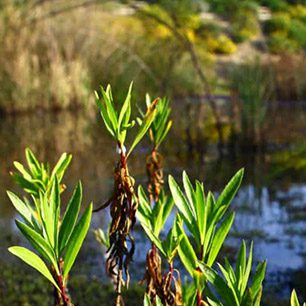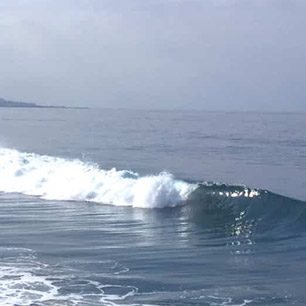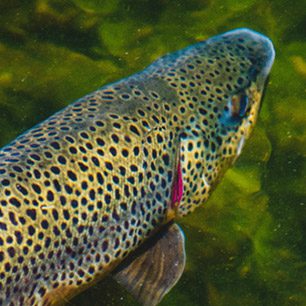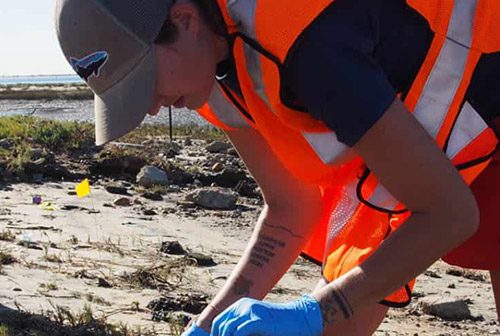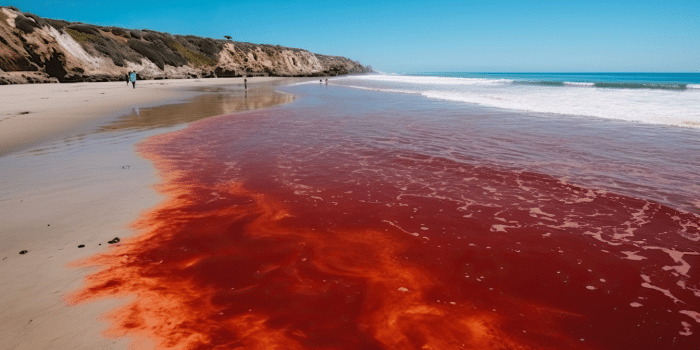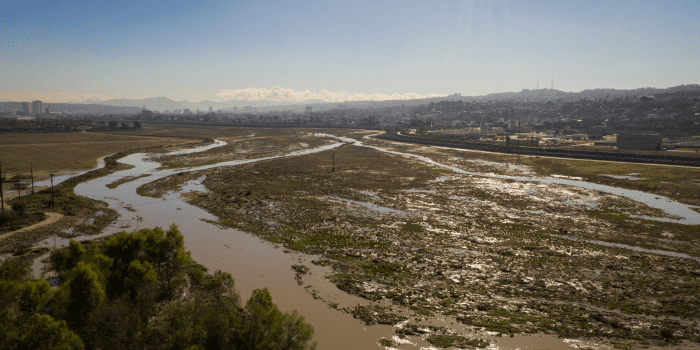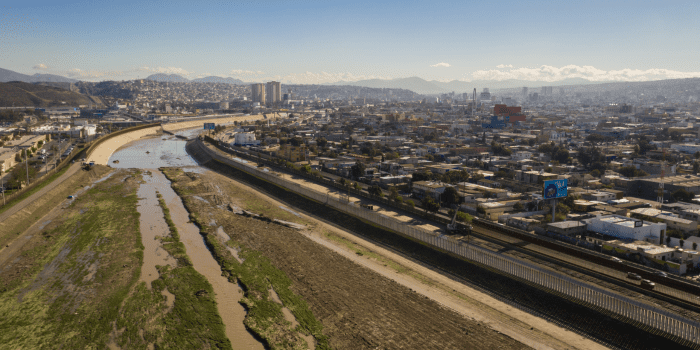WATER SUPPLY
As a heavily populated region with high freshwater demands and limited local water supply, San Diego has turned to a variety of means to meet its freshwater needs. As present, San Diego imports roughly 80 percent of its freshwater supply from other regions – primarily from the Colorado River and the Sierra Nevada Mountains, via Northern California. However, as longer periods of drought and the effects of a changing climate lead to growing uncertainty about freshwater accessibility in the American West, water managers across Southern California have begun to rethink how to meet the freshwater demands of a growing and thirsty region.
As a frequently drought-impacted region that relies heavily on imported water from other drought-impacted regions with their own water supply concerns, San Diego is no stranger to the very real threat of water scarcity. In the face of water supply challenges, innovative new freshwater solutions such as wastewater recycling, stormwater capture, and improved water use efficiency through conservation are gaining traction as multi-benefit solutions to our region’s water supply challenges.
